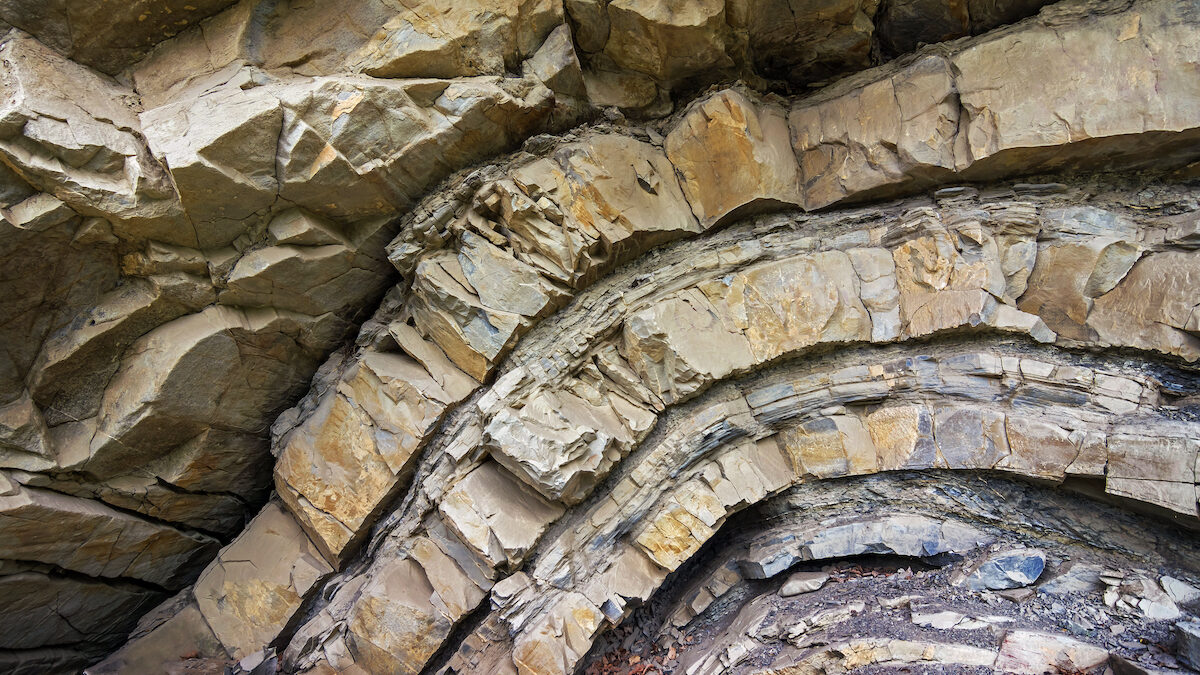Archaeologists have created a digital model of the iconic Sculptor’s Cave in Moray, allowing close examination of Pictish symbols discovered on the walls which are obscured much of the time by the high tide.
The cave was used as a focus for complex funerary rites and the deposition of precious objects in the Late Bronze Age/Iron Age. The high resolution digital model not only demonstrates the size and layout of the cave but importantly highlights the early medieval symbols found that make the cave so fascinating to researchers.
Professor Ian Armit and Dr Lindsey Büster, from the School of Archaeological and Forensic Sciences at Bradford University, have been carrying out research at the Sculptor’s Cave since 2013, as well as analysing the results of old excavations from the 1920s and 1970s.
“The Sculptor’s Cave is a fascinating location, known for decades for the richness of its archaeology and for the unusual Pictish carvings around its entrance,” said Armit.
“This walk-through animation allows us to study the carvings in detail, and to present this inaccessible site to the public through online and museum displays. It also ensures that we can preserve the cave and the carvings digitally for future generations to study.”
The site has been analysed through the use of modern scientific methods and innovative digital technologies such as laser-scanning and structured light scanning. The digital model has been created in collaboration with Bradford Visualisation also based at the University of Bradford.
An animation of the model is being given to Elgin Museum and will be used in their exhibition material and on www.elginmuseum.org.uk.
The project is funded by Historic Environment Scotland. An animation of the model is being given to Elgin Museum and a monograph authored by Professor Armit and Dr Büster, will be published by the Society of Antiquaries of Scotland next year.
“It’s great to see the model of Sculptors Cave at completion stage,” said Dr Rebecca Jones, head of archaeology and world heritage at Historic Environment Scotland. “It’s such a valuable resource as the cave can often be difficult to access. It is wonderful to have such a detailed interactive model so that audiences have the opportunity to explore the Pictish engravings up close.”




